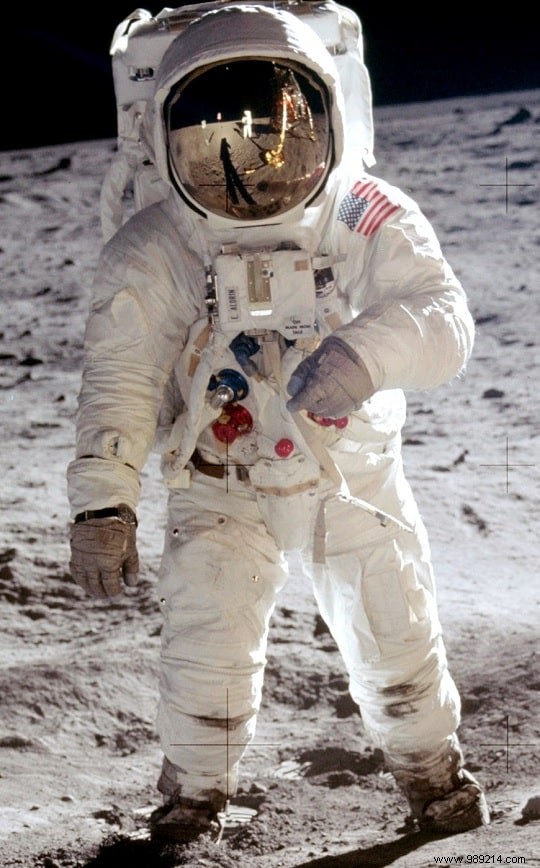During the Apollo missions, 12 astronauts had the chance to walk on the Moon. However, on each outing, the teams traveled only a short distance on the lunar surface around their module, deploying deflectors and recovering rock samples. If an astronaut really wanted to walk around the Moon, how long would it take?
The answer depends on a host of factors, including how fast one can move, how much time each day is spent walking, and detours taken to avoid dangerous topography. Such a trip around the Moon could take more than a year, but in reality there are many more challenges to overcome.
A total of 12 humans have set foot on the lunar surface, and all of them participated in the Apollo missions between 1969 and 1972. The images that were sent back to Earth showed how difficult it was to walk - or more precisely, to bounce — in the low gravity of the Moon, which is one-sixth of that gravity of the Earth. However, NASA research has since suggested that it is possible for humans to maneuver much faster on the Moon than Apollo astronauts.
Theoretically, traversing the circumference of the Moon could be done faster than expected. During the Apollo missions, astronauts bounced off the surface at an average speed of 2.2 km/h, according to NASA. This slow speed was mainly due to their pressurized and clumsy spacesuits which were not designed for mobility. If the astronauts had worn more ergonomic suits, they would certainly have picked up the pace.
In 2014, a NASA study published in the journal Journal of Experimental Biology tested how fast humans could walk and run in simulated lunar gravity. To do this, the team had eight participants (including three astronauts) use a treadmill aboard a DC-9 aircraft, which flew special parabolic trajectories on Earth to simulate gravity on the Moon during 20 seconds per parabola.

This experiment revealed that the participants were able to walk up to 5 km/h before starting to run. This is not only more than double the walking speed shown by the Apollo astronauts, but also quite close to the average maximum walking speed of 7.2 km/h on Earth, according to the researchers. Participants achieved these fast speeds because they were able to swing their arms freely, similar to how humans run on Earth.
This pendulum motion created a downward force, which partially compensated for a lack of gravity. One of the reasons the Apollo astronauts were so slow on the lunar surface was that they couldn't do it properly because of their heavy suits. At this new hypothetical maximum speed, it would take about 91 days to cover the 10,921 km circumference of the Moon.
For context, it would take about 334 days of non-stop walking (i.e. without stopping to sleep or eat) to complete the Earth's circumference of 40,075 km at this speed, although it be impossible to do because of the oceans. Obviously, it is not possible to walk non-stop for 91 days, so circumnavigating the Moon would take much longer.
Planning your route is also extremely important. Carrying food, water and oxygen is necessary to survive. And all of this wouldn't fit in a backpack. A support vehicle, such as a rover, would then be another necessity to think about. Also, since the Moon's topography is extremely chaotic (some craters are deep), avoiding these areas would also be a priority for any traveler.
Light and temperature also need to be considered when planning the route. At the equator, and during the day, temperatures of around 100°C have to be faced. And at night, the temperature drops to -180°C. The lunar cycle also means that there are days when there is little or no Sun, and at least half of the trip should be in darkness. Temperatures could also change the state of the regolith and thus affect walking speed.
This type of mission would also require an enormous amount of endurance training due to the demands of low gravity exercise on the muscles and cardiovascular system. A level of high competition marathon runner would be required according to the ESA. Even then, walking at top speed would only be possible for about three to four hours a day. So, if a person walked at 35 km/h for 4 hours a day, it would take him about 547 days, or almost 1.5 years, to cover the circumference of the Moon, assuming the route is not too disturbed.